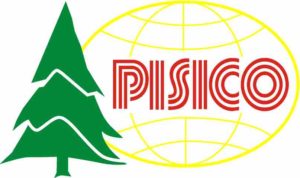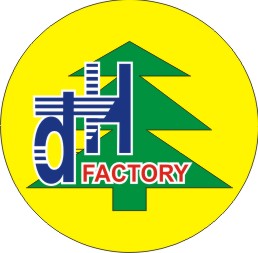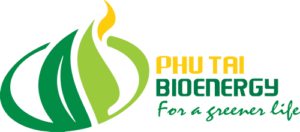Other common names: Impas, Mengris, Thongbeung.
Weight: 881 kgs. per cu. metre
Kempas is a highly decorative hardwood that is commonly used as flooring. The strength of kempas is comparable to some heavy hardwoods and is suitable for structural usage and has been widely used in the building industry. The wood is compact, hard and heavy with a distinctive appearance.
Origin
Malay Peninsula and Indonesia.
General Description: Sapwood is well defined and yellow in colour. Heartwood is brick-red streaked with yellow-brown lines, weathering to an orange-red colour. Surface is moderately lustrous, and ripple marks are mostly present. The grain is interlocked giving rise to faint stripe figure. The texture is coarse and even.
Principal Uses: Treated with preservatives, Kempas is suitable for all heavy construction, railway sleepers, telegraph and power line poles, fence posts, etc. The untreated timber is suitable for all structures under cover where termites are not a hazard, including posts, beams, joists, rafters, etc. It is a very attractive timber for parquet flooring but some manufacturers consider it too hard to machine. It makes good walking sticks and is a favourite wood for charcoal manufacture.
Veneering: Not generally suitable because of its hardness and conversion difficulties unless preheating is employed.
Other Equivalents: Indonesia (Kempas), Sabah (Impas), Sarawak (Impas, Kempas, Mengris)
AIR DRYING
The timber seasons fairly slowly with very few defects except for insect attacks in the sapwood. 13 mm thick boards take approximately 2 months to air dry, while 38 mm thick boards take 4 to 6 months.
KILN-DRYING
Kiln Schedule E is recommended. 25 mm thick boards take approximately 8 days to kiln-dry. Degrade is mainly in the form of spring although surface-checking and end-splitting may occur in thicker specimens. Splitting can be severe in areas where included phloem occurs.
Kiln Schedule E
|
Moisture Content (%) |
Temperature (Dry Bulb) |
Temperature (Wet Bulb) |
Relative Humidity (%) (approx.) |
||
|
° F |
° C |
° F |
° C |
||
|
Green |
120 |
48.5 |
115 |
46.0 |
85 |
|
60 |
120 |
48.5 |
113 |
45.0 |
80 |
|
40 |
125 |
51.5 |
116 |
46.5 |
75 |
|
30 |
130 |
54.5 |
117 |
47.0 |
65 |
|
25 |
140 |
60.0 |
120 |
49.0 |
55 |
|
20 |
155 |
68.0 |
127 |
53.0 |
45 |
|
15 |
170 |
76.5 |
136 |
58.0 |
40 |
SHRINKAGE
Shrinkage is on the high side with radial shrinkage averaging 2% and tangential shrinkage averaging 3%.





























